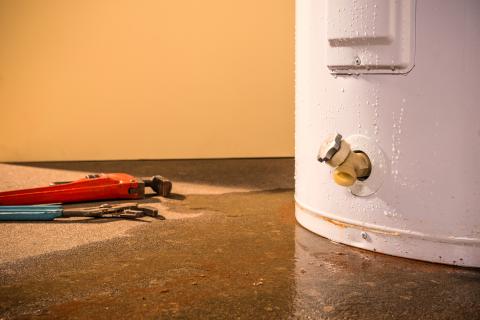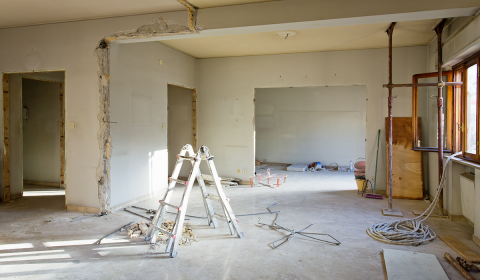It's decided, this summer, your backyard will have a garden! Nothing too big, just a square of land to entertain your family. Nothing too complicated, just a first experience to enjoy watching the plants grow to which you will have given a lot of water and love.
In order to get a good harvest, spring is the best time to start.
Some Sunshine, Please
Your garden should be located in full sun, ideally in a place that will receive at least six hours of its light per day. The quality of the soil is not important, as you will remedy it with potting soil and fertilizer. Prioritize a location that is fairly flat or has a slight slope, where excess water can drain away.
If you have trees and shrubs on your property, don’t plant your vegetable garden on them, or you may have trouble growing your vegetables. Their long roots could invade your soil.
With or Without Frame?
If you are handy and have the tools to assemble boards, go for it! If you don’t have the tools to assemble planks, you don’t need wooden frames to create a garden. Plenty of soil of a good thickness can also do the trick. To this end, the suggested size for growing a few varieties is four feet by eight feet. This way, you will be able to put your foot in the alleys to access your vegetables.
Well Preparing your Soil: An Important First Step
To start your vegetable garden, spade the soil deeply to improve its texture. Get rid of rocks and other debris such as branches, roots and grass. Level the bottom as best you can with a rake and lay down a geotextile membrane to prevent weeds from growing. Cover with at least 25 centimetres of good soil and add fertilizer. Ask your local garden centre for advice. Experienced gardeners will be able to guide you on the best products to use for your soil. Sow and plant. Then water well. Position taller plants to the north so they don’t shade the shorter ones.
These Vegetables are Easy, Easy!
Since this is your first garden, select vegetables that are easy to grow.
Tomatoes
Choose the variety according to the use you will make of it. Plant it in soil rich in compost and add natural fertilizer once a month.
Cucumbers
Cucumber plants are rampant, so make sure you give them enough space. Plant them in warm soil.
Carrots
To get started, choose seeds on a strip. Nothing could be easier! Plus, there’s no need to thin out the carrots as they grow.
Radishes
The first vegetable to be seeded in your garden for an ultra-fast harvest! Since radishes love freshness, you can even sow them again in August for a second harvest 18 to 25 days later.
Beans
Yellow or green, beans are easy to plant and ready to eat quickly. To make harvesting easier, consider planting string beans. This way, you will have access to them without having to bend over too much.
Balcony or Raised Garden: Equal Possibilites
Do you live in the city and have a rather limited amount of land? No problem! Almost all vegetables can be grown in pots if your location gets at least six hours of sunlight. Otherwise, turn to less demanding plants such as lettuces and fine herbs.
Designing a home garden can be very entertaining, but it does require a certain amount of rigor. Just like financial planning, this activity requires you to follow certain steps: consult the experts, make the right choices, plant properly and finally, reap the benefits of your efforts.
Get your shovels and spades ready… Happy gardening!




